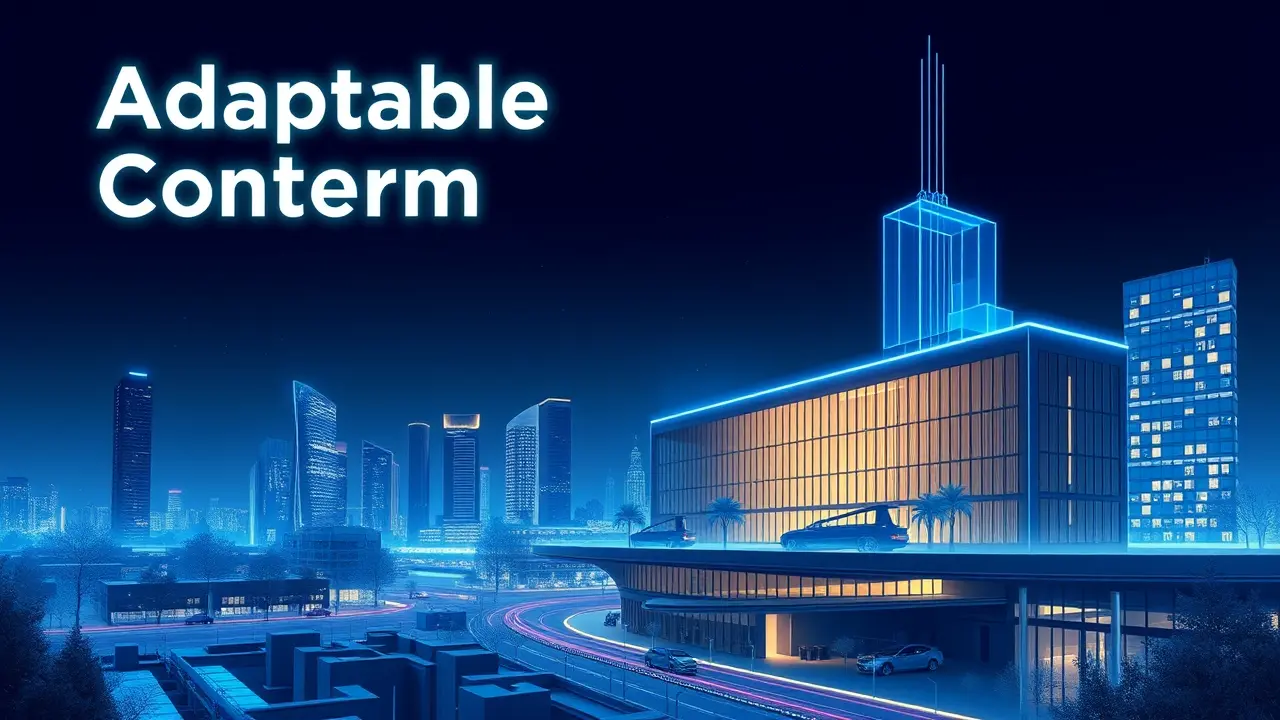
Otherreal estateSustainable Architecture
Adaptable Building Conference Champions Future-Proof Sustainable Architecture.
RA
Rachel Adams
9 hours ago7 min read3 comments
The forthcoming Adaptable Building Conference, slated for 2026 in Rotterdam, represents a critical inflection point for the global architecture and construction sectors, challenging the deeply entrenched paradigm of static, resource-guzzling edifices that have long defined our skylines and contributed disproportionately to the planet's ecological distress. This gathering is far more than a professional symposium; it is a clarion call for a fundamental re-imagining of our built environment, championing a shift toward dynamic, resilient, and truly sustainable structures that can evolve with the changing needs of their inhabitants and the escalating pressures of the climate crisis.The very concept of 'future-proofing' moves beyond a mere buzzword here, demanding a holistic approach that integrates principles of circular economy—where materials are perpetually in cycle, deconstruction is as considered as construction, and waste is designed out of existence. We must look to historical precedents, from the vernacular architecture of indigenous communities that lived in symbiosis with their surroundings to the failed utopian visions of 20th-century modernism that created rigid, unsustainable urban landscapes, to understand the urgency of this transition.Experts like Dr. Elara Vance, a leading voice in ecological design at the Delft University of Technology, argue that the next decade will be decisive; 'We are no longer designing for a stable climate or a static society,' she notes, 'Our buildings must be agile, capable of modulating temperature passively, repurposing spaces with minimal structural intervention, and ultimately acting as carbon sinks rather than carbon sources.' The consequences of inaction are starkly visible in the escalating frequency of climate-related building failures and the staggering embodied carbon locked within our cities. The conference, therefore, is positioned to catalyze a movement, fostering collaboration between biomimicry scientists, material innovators, urban planners, and policymakers to codify these principles into building codes and economic incentives.The potential ripple effects extend from revolutionizing construction supply chains to mitigating urban heat islands and addressing housing inequity through affordable, adaptable dwelling solutions. This is not merely an architectural trend but a necessary ecological and social imperative, a commitment to leaving a legacy of intelligent, living infrastructure for generations to come, a testament to the possibility of a built world that heals rather than harms.
#featured
#adaptable building
#future-proof dwellings
#architecture conference
#sustainable design
#construction innovation
#editorial picks news
Stay Informed. Act Smarter.
Get weekly highlights, major headlines, and expert insights — then put your knowledge to work in our live prediction markets.
Related News
© 2025 Outpoll Service LTD. All rights reserved.












